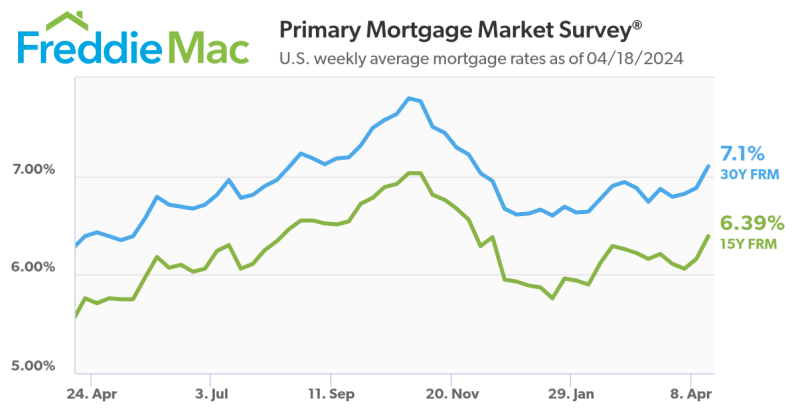Advertisement
S&P Index Finds Home Prices on the Rise Nationwide

Data through August 2011, released by S&P Indices for its S&P/Case-Shiller Home Price Indices shows an increase of +0.2 percent for the 10- and 20-City Composites in August versus July. Ten of the 20 cities covered by the indices also saw home prices increase over the month. In addition, 16 of the 20 Metropolitan Statistical Areas (MSAs) and both Composites posted improved annual returns compared to July’s data; Los Angeles and Miami saw no change in annual returns in August; and Atlanta and Las Vegas saw their annual rates of change fall deeper into negative territory. The 10- and 20-City Composites posted annual returns of -3.5 percent and -3.8 percent versus August 2010, respectively. At -8.5 percent, Minneapolis posted the lowest year-over-year return, but has improved in each of the last three months. Detroit and Washington, D.C. were the only two cities to post positive annual returns of +2.7 percent and +0.3 percent respectively.
“There was some weakness in the monthly statistics, as 10 of the cities post price declines in August over July,” said David M. Blitzer, chairman of the Index Committee at S&P Indices. “And even though the annual rates are largely improving, 18 MSAs and both Composites are still negative. Nationally, home prices are still below where they were a year ago. The 10-City Composite is down 3.5 percent and the 20-City is down 3.8 percent compared to August 2010."
“In the August data, the good news is continued improvement in the annual rates of change in home prices," said Blitzer. "In spring and summer’s seasonally strong period for housing demand, we cautioned that monthly increases in prices had to be paired with improvement in annual rates before anyone could declare that the market might be stabilizing. With 16 of 20 cities and both Composites seeing their annual rates of change improve in August, we see a modest glimmer of hope with these data. As of August 2011, the crisis low for the 10-City Composite was back in April 2009; whereas it was a more recent March 2011 for the 20-City Composite. Both are about 3.9 percent above their relative lows."
About the author





